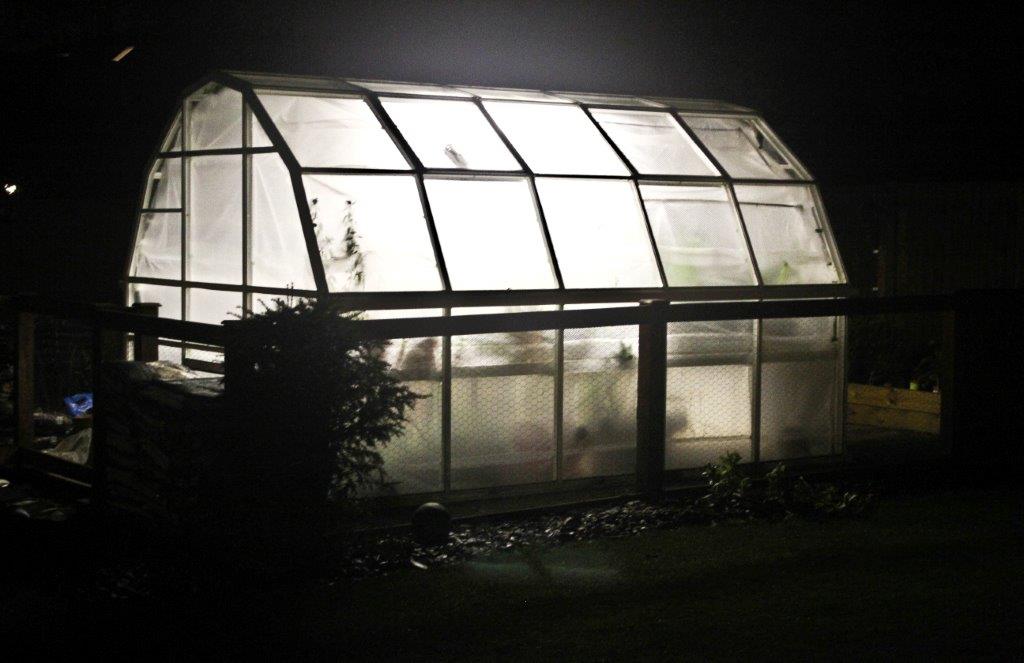
As I write, tall trees are swaying alarmingly, bent into contorted shapes by the gale force winds that are ripping through the garden, grey clouds dull the sky above and lashing rain rushes in fast flowing rivulets down the windows. Yet another day of ‘hard core’ weather that sums up the winter so far!
The few clear days either side of the storms have been an ideal opportunity to hand weed through the garden, ‘Chickweed’, ‘Annual Meadow Grass’, the occasional ‘Groundsel’ and particularly ‘Hairy Bittercress’ are the chief protagonists; ‘Hairy Bittercress’ is particularly fond of pots and containers and is often brought in by mistake from other places. It is essential to remove weeds before they flower and set seed, all of the above are frost hardy. Their recipe for success is to grow rapidly during mild periods, so they can flower and set seed immediately, when the weather warms up in spring. Ignore them and you will store up problems for later in the year.
Ventilate the greenhouse as often as you can on mild days, it stops the air from stagnating – an insulated greenhouse gets damp and dank, like the inside of a plastic bag, creating ideal conditions for ‘grey mould’. Check plants regularly for signs of infection, I spotted some on the cut surfaces of a ‘Canna’, cut the stems further back to clean tissue and dusted the cut with fungicide as a precaution. You may need to do the same. Open the vents when temperatures rise during the day and close them before temperatures drop – by mid afternoon at the latest; they plummet rapidly in winter. An electric fan heater improves air circulation.
Water or lightly spray stored Canna’s and Dahlia’s to stop them from drying out completely but take care not to overwater, as this causes rotting – if you are unsure, err on the side of caution! While you are in the greenhouse, clear dead leaves or plant debris that harbour pests and diseases or spread rot. It is also a good time to check the condition of tender plants and make a list of those that will need re-propagating this year.
I’ve stored some Quinces in the garage, where it is humid and cool, so they can mature and produce their best flavour. Stored apples, quinces and other fruit need checking regularly for signs of brown rot and any infected fruit should be removed immediately. Check onions for neck rot and make sure that there is good air circulation around them and only store top quality bulbs.
January often brings snow, so lift Celeriac, Leeks or maincrop carrots and store in a cool place in moist sawdust or compost or cover the ground with a thick layer of bracken or straw to make lifting easier. If it starts to snow, make sure that you brush accumulations from of shallow angled branches or evergreens before it splays or breaks the branches. Finally, bring pot grown peach trees under cover or protect those growing against walls from water splash which spreads ‘peach leaf curl’, an unsightly disease that disfigures the leaves and weakens plants. Happy New Year and here’s to good gardening in 2014! Take care, Matt


